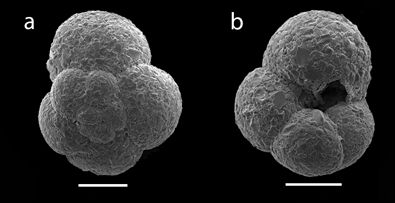Abstract:
Aim
This paper aims to concatenate and update the records of non-native species in a subtropical River, in Southern Brazil, warning about their possible impacts in this and other water bodies.
Methods
Monitoring was carried out in the Guaraguaçu River, the largest River of the Paraná coastal plain, located in the Atlantic Rainforest biome. Fishes were sampled in two periods: from 2002 to 2007 (monthly) and from 2016 to 2018 (semiannually), and the other organisms were collected in isolated samplings.
Results
The monitoring recorded the presence of six non-native species of animals in this River – four species of fish (Clarias gariepinus, Ictalurus punctatus, Oreochromis niloticus and Salminus brasiliensis), one invertebrate (Macrobrachium rosenbergii) and one foraminifera (Ammoglobigerina globigeriniformis) introduced by escapes from aquaculture, sport fishing and ballast water. These introductions are problematic because they have the potential to impact upon the endangered native species in the River through predation, competition or novel diseases.
Conclusions
In Guaraguaçu River the increasing number of introductions is worrying because these species have in common a set of traits that turns them into potential invaders. It is of great importance to keep monitoring their populations in order to detect and minimize their negative impacts on native biota, once there is a conservation unit in the region (Guaraguaçu Ecological Station), with the aim to protect the environment in its pristine condition.
Keywords:
agglutinated foraminiferal species; alien species; estuary; ichthyofauna; prawn

 Thumbnail
Thumbnail
 Thumbnail
Thumbnail

